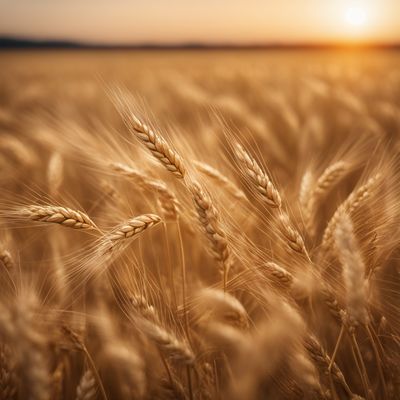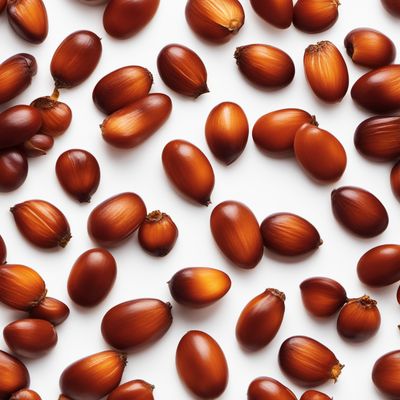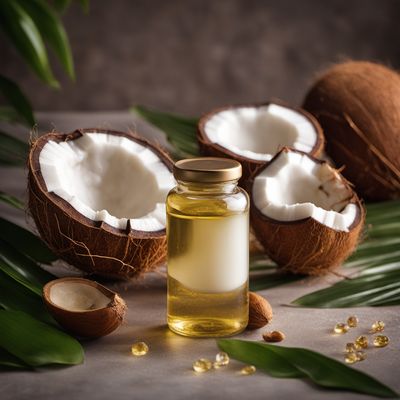
Ingredient
Cocoa butter
The Velvety Essence: Unveiling the Secrets of Cocoa Butter
Cocoa butter, also known as theobroma oil, is a pale-yellow, edible vegetable fat extracted from the cacao bean. It possesses a velvety texture and a delicate aroma reminiscent of chocolate. With a melting point just below body temperature, it effortlessly melts in the mouth, leaving a luscious and silky sensation. Its solid form at room temperature makes it an ideal ingredient for creating smooth and glossy confections.
Origins and history
Cocoa butter has a long history dating back to the ancient Mayans and Aztecs, who revered the cacao tree as a sacred plant. Native to the tropical regions of Central and South America, the cacao tree was cultivated for its beans, from which cocoa butter is derived. The Mayans and Aztecs used cocoa butter not only for culinary purposes but also for medicinal and cosmetic applications. Today, cocoa butter is produced in various countries, including Ghana, Ivory Coast, and Ecuador.
Nutritional information
Cocoa butter is a rich source of healthy fats, primarily composed of saturated and monounsaturated fats. It is also cholesterol-free and contains essential fatty acids. While it is high in calories, with approximately 120 calories per tablespoon, it provides no significant amounts of vitamins or minerals.
Allergens
Cocoa butter is generally well-tolerated and not a common allergen. However, individuals with allergies to chocolate or cocoa products should exercise caution.
How to select
When selecting cocoa butter, opt for high-quality brands that use pure, unrefined cocoa butter without any additives or preservatives. Look for a smooth and uniform texture, free from any graininess or discoloration. Additionally, choose cocoa butter that has a pleasant chocolate aroma.
Storage recommendations
To maintain the freshness and quality of cocoa butter, store it in a cool, dark place away from direct sunlight and heat sources. It is best kept in an airtight container to prevent absorption of odors or moisture. Properly stored, cocoa butter can last for up to two years.
How to produce
Cocoa butter production requires specialized equipment and processes typically carried out by manufacturers. However, for amateur enthusiasts, it is possible to make small batches of cocoa butter at home by grinding cocoa nibs and extracting the fat through pressing or using a cocoa butter press.
Preparation tips
Cocoa butter can be melted and used as a substitute for other fats in baking or cooking. It is commonly used in chocolate-making, where it provides a smooth texture and helps in tempering. Additionally, cocoa butter can be used as a moisturizer for the skin, as a lip balm, or as a base for homemade cosmetics.
Culinary uses
Cocoa butter is widely used in the production of chocolates, truffles, and other confections. It is also utilized in baking, particularly for creating rich and moist cakes, cookies, and brownies. Additionally, cocoa butter can be incorporated into savory dishes, such as sauces or marinades, to add a subtle chocolate undertone.
Availability
Cocoa butter is commonly available in most grocery stores, specialty food stores, and online retailers worldwide.




